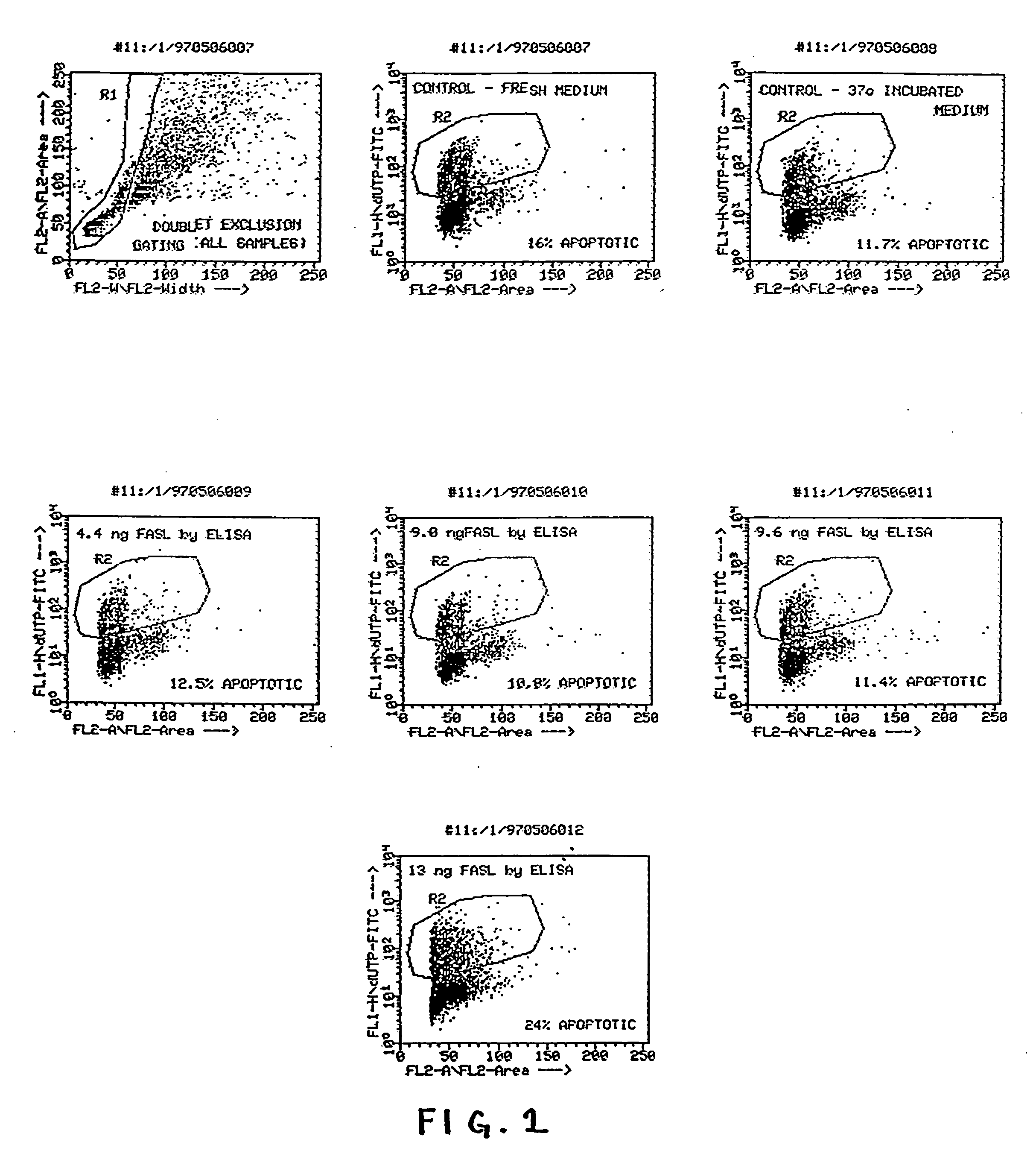Use of pigmented retinal epithelial cells for creation of an immune privilege site
a pigmented retinal epithelial cell and immune privilege technology, applied in the field of immune privilege site creation, can solve the problems of putting individuals at medical risk, unable to produce proteins or hormones necessary to maintain normal physiological function, and often being rejected by the body for transplantation, so as to exert the immune suppressive
- Summary
- Abstract
- Description
- Claims
- Application Information
AI Technical Summary
Benefits of technology
Problems solved by technology
Method used
Image
Examples
Embodiment Construction
[0016] The present invention provides a method of producing a sustained localized immunosuppressive effect in tissue. This is achieved by the general step of transplanting RPE cells into host recipient tissue. By sustained localized immunosuppressive effect, it is meant that the transplanted RPE cells will suppress the immunological response ordinarily mounted by the host tissue to foreign entities such as transplanted cells and that the immunosuppression will occur at the graft site (local) rather than by generalized immunosuppression of the entire body (systemic) which occurs with the ordinary methods of immunosuppression by agents such as cyclosporine.
[0017] In a preferred embodiment, the transplanted RPE cells (which are intended to replace dysfunctional cells or in some way alleviate tissue dysfunction) can avoid being rejected and thereby survive and functionally integrate into the host tissue. Furthermore, the method of the present invention can also be utilized wherein RPE ...
PUM
| Property | Measurement | Unit |
|---|---|---|
| Volume | aaaaa | aaaaa |
| Volume | aaaaa | aaaaa |
| Volume | aaaaa | aaaaa |
Abstract
Description
Claims
Application Information
 Login to View More
Login to View More - R&D
- Intellectual Property
- Life Sciences
- Materials
- Tech Scout
- Unparalleled Data Quality
- Higher Quality Content
- 60% Fewer Hallucinations
Browse by: Latest US Patents, China's latest patents, Technical Efficacy Thesaurus, Application Domain, Technology Topic, Popular Technical Reports.
© 2025 PatSnap. All rights reserved.Legal|Privacy policy|Modern Slavery Act Transparency Statement|Sitemap|About US| Contact US: help@patsnap.com


